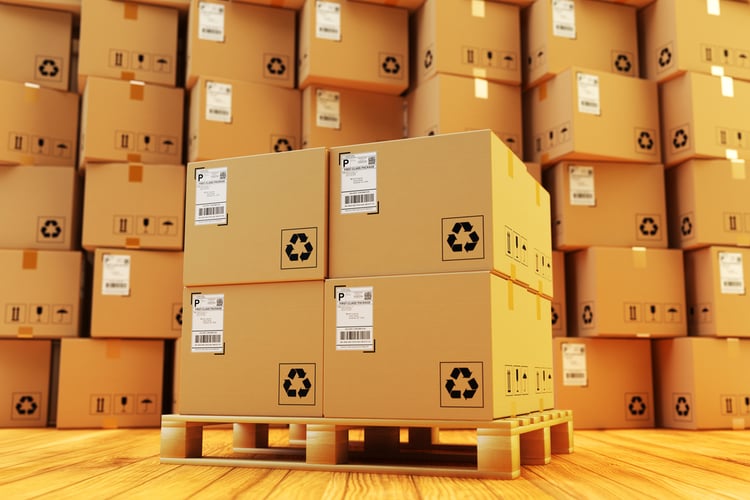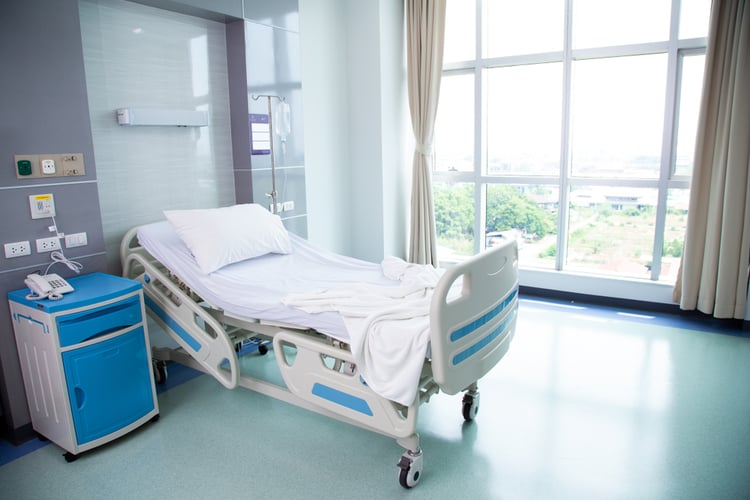How Does Local Law 97 Affect An Adaptive Reuse Project?

Developers must now consider Local Law 97 when planning construction and renovation projects in New York City. The law was created in 2019 as part of the Climate Mobilization Act, and it will penalize buildings for excessive emissions starting from 2024. All buildings larger than 25,000 sf are subject to the law, and each building gets a unique emissions limit based on floor area and occupancy classification. For each metric ton of CO2 equivalent above the limit, the penalty is $268 per year.
Adaptive reuse projects have become very popular in the wake of the COVID-19 pandemic, since the demand for commercial spaces changed. For example, while the retail and office sectors have struggled with low occupancy, the demand for warehouses and data centers is on the rise. More employees are now working from home, many of them permanently, and 2020 was an excellent year for e-commerce.
Are you repurposing a building in NYC? Make sure you meet the new emissions limit.
The occupancy classification of a building often changes with a repurposing project, and depending on the planned modifications, the floor area may also change. As a result, the building emissions limit under Local Law 97 is also recalculated. An adaptive reuse project provides an excellent chance to reduce energy consumption, since major upgrades can be completed without causing disruption for anyone.
In this article, we will provide three simple examples of how the emissions limit can change with adaptive reuse - increasing, decreasing, or staying the same.
LL97 Effect: Repurposing a Store Into a Warehouse

There was a global increase in online sales during 2020, and Digital Commerce 360 reported 44% growth for the US e-commerce sector. As retailers adapt to the change in buying habits, the demand for storage space has increased. There are many vacant buildings that were previously stores, and they can be easily converted into warehouses or micro-fulfillment centers.
In this case, stores and warehouses are subject to different emission limits under LL97/2019. The following limits apply for the 2024-2029 period:
- The limit for Mercantile Group M buildings is 0.01181 tCO2e per square foot.
- The limit for Storage Group S buildings is 0.00426 tCO2e per square foot.
In this case, the occupancy change lowers the emissions limit by nearly 64%, and this must be considered before starting the adaptive reuse project. If the vacant store being converted into a warehouse has an area of 40,000 sf, the emissions limit drops from 472 to 170 metric tons of CO2e per year. In this case, even if the store (Group M) was below the limit, additional cuts may be necessary when the building is reclassified as a warehouse (Group S).
Fortunately, the energy needs of a warehouse are lower than those of a store. Consider that a store must provide abundant lighting for the products on display, while a warehouse can use less. In addition, a warehouse is less demanding in terms of HVAC. To ensure that the LL97 limits are met, the project owner can get a professional MEP design.
In this case, another viable option is deploying a micro-fulfillment center or MFC. According to Autostore, automation allows space to be used four times more efficiently, which reduces the area requirement to 10,000 sf in this case. Since LL97 only covers buildings above 25,000 sf, the MFC in this example would be exempt.
LL97 Effect: Repurposing a Hotel Into a Hospital

The COVID-19 pandemic caused a drop in tourism, while the demand for hospital space has been on the rise. As a result, repurposing hotels into hospitals has become a common option. LL97 increases the emissions cap in this case, since hospitals have a higher limit than hotels:
- Hotels are classified as Residential Group R-1, with a limit of 0.00987 tCO2e/sf
- Hospital are classified as Institutional Group I-2, with a limit of 0.02381 tCOe/sf
If a hotel has an area of 100,000 sf, conversion into a hospital raises the emissions limit from 987 to 2,381 metric tons of CO2e per year - a 141% increase. However, consider that hospitals involve medical equipment, and energy consumption can be expected to increase sharply. In this case, MEP engineers with experience in the healthcare sector can help the building owner achieve the required efficiency.
LL97 Effect: Repurposing Office Into Data Centers

The demand for data center services has also increased, due to the rapid growth of e-commerce and the large number of employees now working from home. Many companies are now using less office area, which has led to plenty of vacant spaces. Converting an empty office into a data center is also a viable project.
- In this case, both offices and data centers are classified as Business Group B, and subject to an emissions limit of 0.00846 metric tons of CO2e per square foot.
- This means the building will be subject to the same limit before and after the repurposing project, unless the floor area changes.
Conclusion
Depending on what you are planning, the LL97 emissions limit for a building can increase, decrease, or stay the same with an adaptive reuse project. However, there is an emissions limit to meet in all cases - a professional energy audit can help you identify the most effective measures to cut emissions.
To meet LL97, buildings can use a combination of energy efficiency measures and onsite renewable generation. The NYC Department of Buildings is also taking steps to let building owners purchase Renewable Energy Credits and carbon offsets, and this will also count towards the limit.

Michael Tobias
Michael Tobias, the Founding Principal of NY Engineers, currently leads a team of 150+ MEP/FP engineers and has led over 4,000 projects in the US
Join 15,000+ Fellow Architects and Contractors
Get expert engineering tips straight to your inbox. Subscribe to the NY Engineers Blog below.

